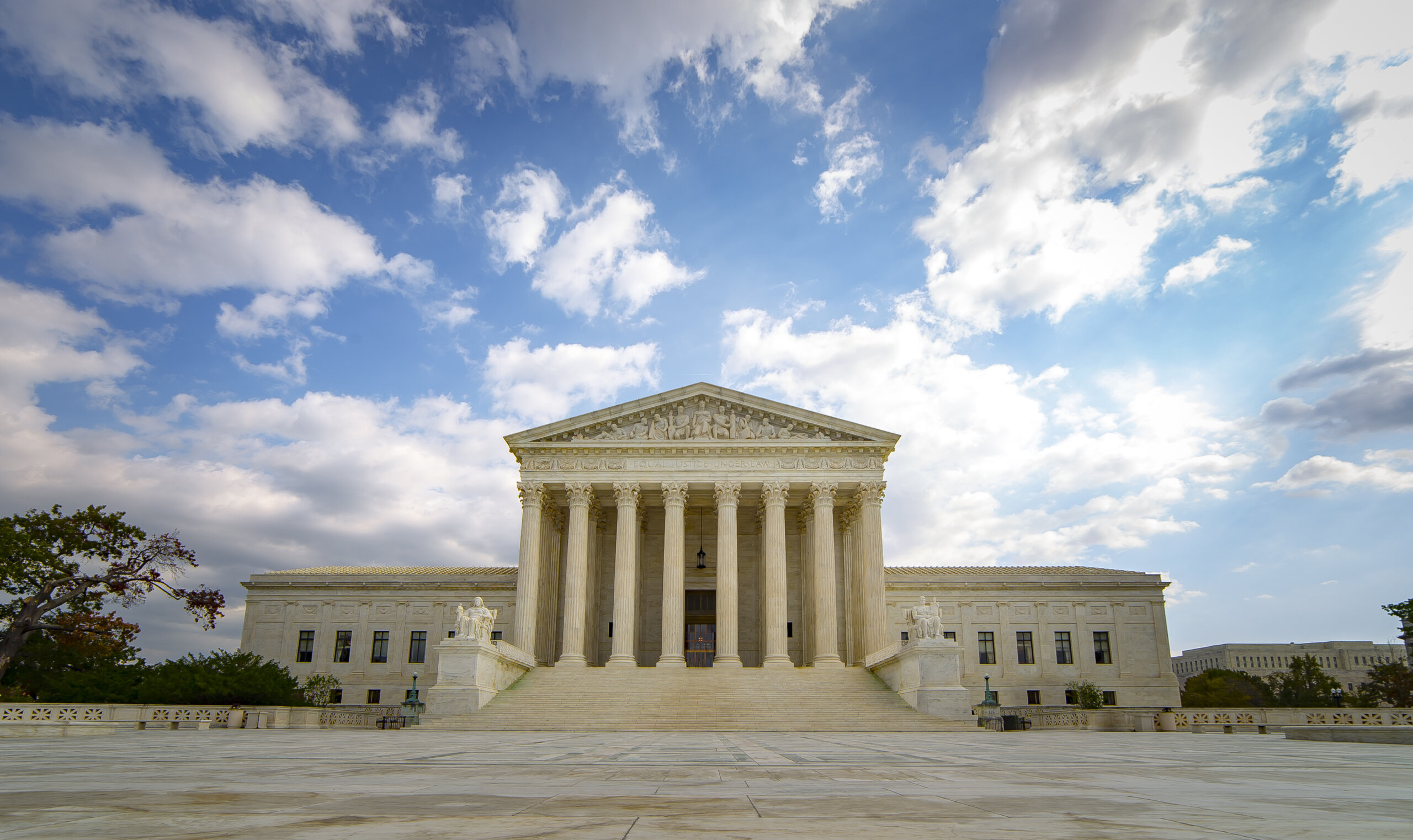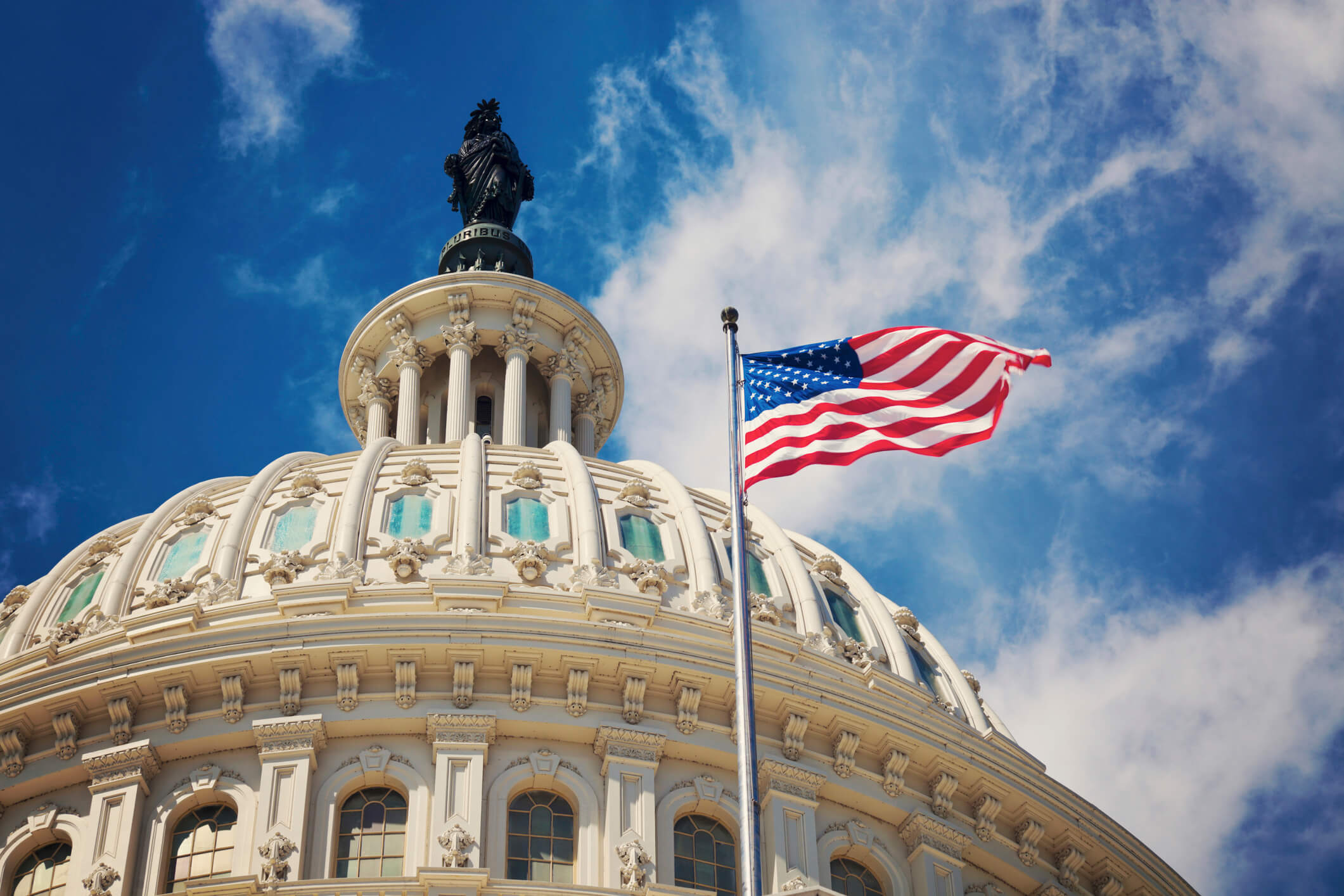Quick Hits
- The U.S. Department of Labor’s promise to modernize and use technology solutions to aid in performing its mission may be tested as a result of past and future headcount reductions at OSHA.
- OSHA has seen and will likely continue to see headcount reductions, which may limit its ability to perform some of its core functions, such as inspections and rulemaking.
- Congress may need to act to preserve the agency’s core functions.
The Supreme Court’s stay lifted a district court’s injunction that had preliminarily enjoined the implementation of Executive Order No. 14210. Accordingly, in the wake of the Court’s ruling, federal agencies may, at least for now, move forward with significant workforce reductions and structural changes as directed by Executive Order No. 14210. The order’s stated goal is to transform the federal government, but its implementation could have far-reaching effects on OSHA’s operations.
The executive order requires agencies to prepare for and potentially implement substantial reductions in force (RIFs). Evidence presented in the district court proceeding indicated that some federal agencies were considering reducing their workforce headcounts by more than 50 percent. If OSHA is subject to similar RIFs, the agency could lose a significant number of compliance officers and technical experts by the end of the year, directly impacting its operational capacity.
OSHA is currently engaged in major rulemaking efforts, including the proposed Heat Injury and Illness Prevention in Outdoor and Indoor Work Standard, the elimination or modification of standards applicable to twenty-six different areas currently regulated by OSHA, and the proposed updating or revision of the Fire Brigades Standard (which would be renamed the Emergency Response Standard).
Large-scale staff reductions or organizational restructuring could disrupt these initiatives by limiting the agency’s ability to conduct research, analyze public comments, and finalize new standards. The loss of institutional knowledge, combined with reductions at the National Institute of Occupational Safety and Health, may delay or derail critical workplace safety regulations.
A diminished workforce would likely impair OSHA’s ability to conduct workplace inspections, investigate complaints, and enforce safety and health standards. OSHA’s FY 2026 budget justification predicted a reduction in inspections by nearly 10,000, as compared to FY 2023, when nearly 36,500 inspections were performed.
The district court had noted that such changes could prevent agencies from fulfilling their statutory mandates. For OSHA, this could result in fewer inspections, slower response times, and reduced oversight of employer compliance.
The dissent authored by Justice Ketanji Brown Jackson emphasized that Congress, not the president, establishes agencies and their functions. If the executive order leads to the elimination or consolidation of OSHA’s core functions without congressional approval, it could undermine the agency’s statutory mandate to ensure safe and healthful working conditions, potentially curtailing or eliminating programs mandated by Congress.
The stay introduces significant uncertainty for OSHA’s leadership and staff, with ongoing litigation leaving the future direction of the agency in question. This instability may affect morale, recruitment, and retention, further weakening OSHA’s effectiveness.
OSHA entered 2025 with a headcount already below budgeted levels, large numbers of compliance officers with little to no experience, and a number of managers in roles without substantial management training or experience, a state of affairs that had already led to a significant degree of uncertainty for employers facing inspections and citations. Further headcount reductions, particularly among management employees of OSHA, will continue that trend.
The Supreme Court’s decision underscores the tension between executive authority and congressional oversight. If the executive order is ultimately upheld on the merits, Congress may seek to reassert its authority over agency structure and funding through new legislation or appropriations restrictions, potentially resulting in further changes to OSHA’s organization or statutory authority.
Congressional action may also be compelled by the litigation filed across the country challenging the jurisdiction of the Occupational Safety and Health Review Commission and its authority to hear cases arising from citations issued to employers. In the cases where employers have been successful in securing injunctive relief, OSHA has struggled to handle them without a body that can hear those claims.
Key Takeaways
The Supreme Court’s decision to allow the executive order to proceed pending appeal poses significant risks to OSHA’s ability to fulfill its mission. In the near term, OSHA faces the prospect of further staff reductions, disruption of regulatory and enforcement activities, and increased uncertainty regarding its statutory mandate. The ultimate impact will depend on the outcome of ongoing litigation and any subsequent congressional or executive actions. Employers and stakeholders may want to closely monitor developments, as OSHA’s capacity to protect worker health and safety may be significantly affected in the coming months.
Ogletree Deakins will continue to monitor developments and will provide updates on the Governmental Affairs, Government Contracting and Reporting, Reductions in Force, Workforce Analytics and Compliance, and Workplace Safety and Health blogs as additional information becomes available.
This article and more information on how the Trump administration’s actions impact employers can be found on Ogletree Deakins’ New Administration Resource Hub.
Follow and Subscribe
LinkedIn | Instagram | Webinars | Podcasts









